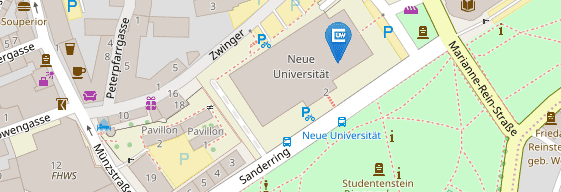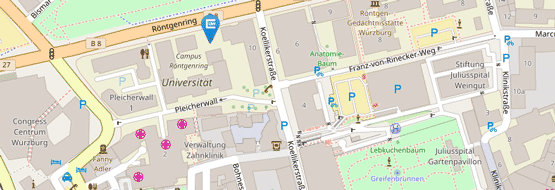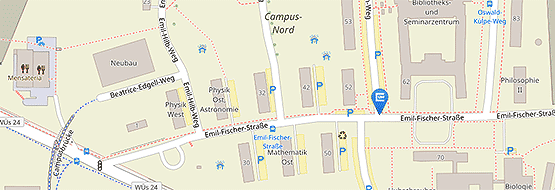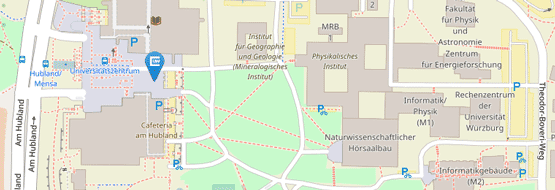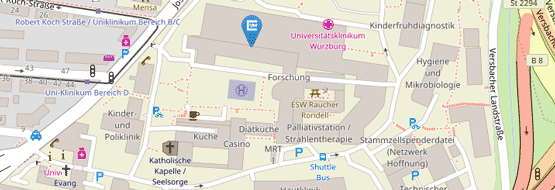RASUNOA
Register für Akute Schlaganfälle Unter Neuen Oralen Antikoagulantien – Prime (RASUNOA-Prime)
Management | Prof. Dr. Roland Veltkamp (Neurologische Klinik, Alfried Krupp Krankenhaus) Prof. Dr. Peter Heuschmann (Institut für Klinische Epidemiologie und Biometrie, Universität Würzburg) | |
Coordination: | Perdita Beck (Neurologie, Universität Heidelberg), Dr. Jan Purrucker (Neurologie, Universität Heidelberg), Dr. Kirsten Haas (IKE-B) | |
| Udo Selig (IKE-B), Anna Grau (IKE-B), Prof. Dr. Timoslas Rizos (Neurologie, Alfried Krupp Krankenhaus ) 42 clinics with certified stroke unit in Germany | |
| Universitätsklinikum Heidelberg (unrestricted reasearch grant von Bayer Healthcare Pharmaceuticals, Inc./Bayer Schering Pharma, Boehringer Ingelheim, Bristol-Myers Squibb, Daiichi Sankyo Inc. an das Unviersitätsklinikum Heidelberg) | |
| Ongoing since June 2015; currently recruiting |
As primary and secondary method for the prevention of acute strokes in patients with atrial fibrillation, antithrombotic therapy with vitamin K antagonist (VKA) or non-vitamin K antagonist oral anticoagulants (NOACs) is recommended.
However, data, concerning current emergency treatment for this patient group under acute ischemic stroke or acute intracerebral hemorrhage, is missing so far.
The aim of the registry, therefore, is to describe the emergency treatment of acute ischemic strokes in patients with different anticoagulants and under different diagnostic and therapeutic aspects.
Furthermore, risks of early complications and factors that affect the outcome of stroke patients after three months should be identified.
RASUNOA-Prime is a prospective, Investigator-Initiated, multicenter cohort study, including two sub-studies:
1. patients with acute ischemic stroke
2. patients with acute intracerebral hemorrhage
Continuously, patients with atrial fibrillation and acute ischemic stroke (ischemic stroke n = 3000, intracerebral hemorrhage n = 1000) in 42 neurologic clinics with certified stroke units are included in the study. To ensure a balanced admission into all three treatment patterns, patients are included according an algorithm, that defines, that whenever a patient receiving a NOAC is included in the study, a patient with VKA or without any anticoagulation can also be included.
Data analysis includes specific information (laboratory values, thrombolytic or hemostatic therapy, complications) taken from the routine data of the hospital, as well as neuroradiologic imaging, that is be analysed centrally. Furthermore, patients are asked about their state of health in a 3-month-Follow-Up.
The project was presented:
2nd European Stroke Organisation Conference (ESOC) - Barcelona 10.-12. Mai 2016:
Poster as download


